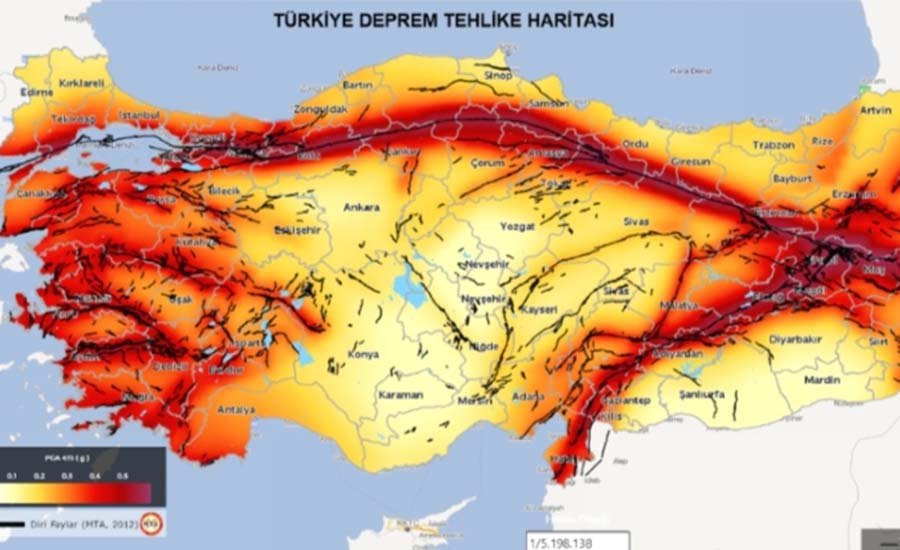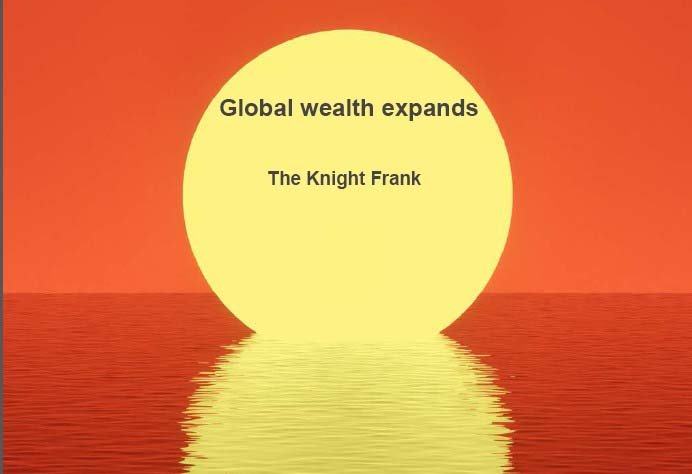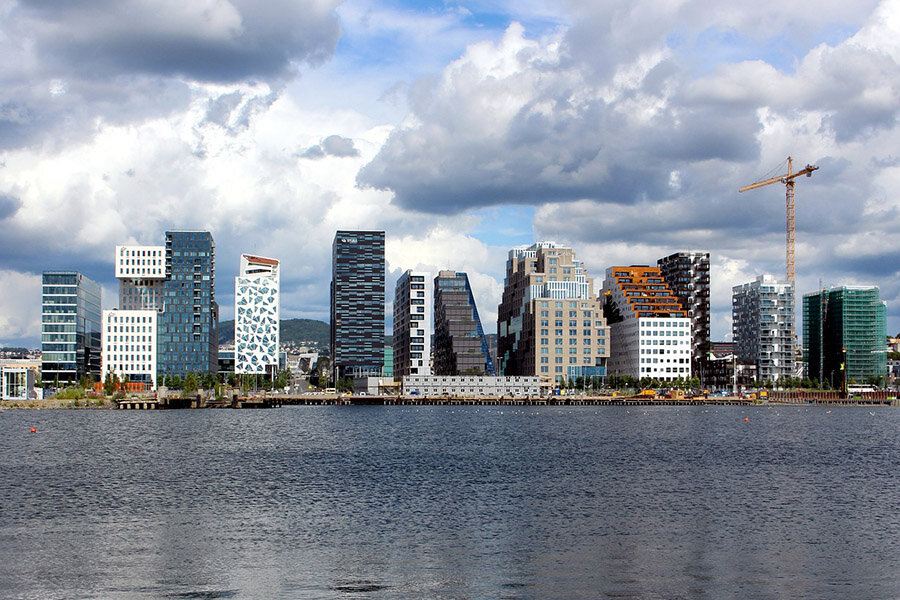читайте также
 New housing rental rules in Greece
New housing rental rules in Greece
 Turkey at the Epicenter of Seismic Risk: 100 Earthquakes a Day
Turkey at the Epicenter of Seismic Risk: 100 Earthquakes a Day
 Global Wealth Map: The U.S. Maintains Leadership, Asia Strengthens Its Position
Global Wealth Map: The U.S. Maintains Leadership, Asia Strengthens Its Position
 Money Transfers to Georgia Increase: USA, Italy and Russia Lead
Money Transfers to Georgia Increase: USA, Italy and Russia Lead
 Londoners no longer want to buy property outside the city
Londoners no longer want to buy property outside the city
 Housing in Bosnia and Herzegovina: prices, yields, and risks in 2025
Housing in Bosnia and Herzegovina: prices, yields, and risks in 2025
Norway's Housing Market Slows: Buyers Await Rate Cut

In March 2025, Norway's housing market showed signs of cooling. According to Real Estate Norway, home prices increased by just 0.1% month-on-month—the weakest growth since July 2024. The result surprised analysts, as Norges Bank had forecast a 0.7% rise. The slowdown reflects buyer caution amid persistently high interest rates, which the central bank once again kept unchanged.
Consumers Waiting, Supply Still Tight
From early 2024, the Norwegian property market had shown unexpected resilience, driven by optimism around an eventual rate cut and looser mortgage rules—like lowering the down payment requirement from 15% to 10%. But this trend faded in March. Senior economist Karine Alsvik of Handelsbanken said the spring figures underwhelmed but noted that tight supply and steady demand are still supporting prices.
New housing starts remain at historic lows. Completions continue to decline, keeping supply short and exerting upward pressure on prices. Norges Bank, despite holding rates steady at 4.5% (the highest in 16 years), raised its 2025 price growth forecast from 6.3% to 8.1%. Real Estate Norway, however, estimates 10%.
Rate Cut Delayed Again
Despite earlier hints at monetary easing, Norges Bank again delayed a rate cut in March, citing a jump in inflation to 3.6%. It now expects 3% annual inflation in 2025, up from a prior forecast of 2.6%.
Danske Bank’s Kristoffer Kjør Lomholt believes the central bank is "buying time" and now predicts only two cuts—likely in September and December—versus earlier forecasts of four. Swedbank's Kjetil Martinsen agrees. Norges Bank governor Ida Wolden Bache admitted economic growth is underperforming, pointing to faster-than-expected wage increases and rising prices in food, goods, and services.
Currency and Economic Signals
The Norwegian krone (NOK) saw mild volatility after the decision. NOK is the second-best performing G10 currency so far in 2025, gaining 4% against the euro. But Sparebank 1 strategist Dane Cekov warns of technical overbought signals, which could reverse quickly with any macro deterioration.
Despite inflation risks, the macro outlook is mixed. Business activity is recovering, and unemployment is falling. But GDP unexpectedly shrank in Q4 2024—the first contraction since the pandemic. Norges Bank attributed this to “temporary factors” but lowered its mainland growth forecast to 1.2% for both 2025 and 2026.
What's Next?
Both developers and homebuyers are watching Norges Bank’s decisions closely. June and September meetings may shape housing sentiment for the rest of the year. Until then, the market remains cautious, and financial policy is likely to stay conservative.
Подсказки: Norway, housing market, real estate, interest rates, Norges Bank, property prices, 2025, inflation, economic forecast, mortgages, buyers, Oslo, Scandinavia





